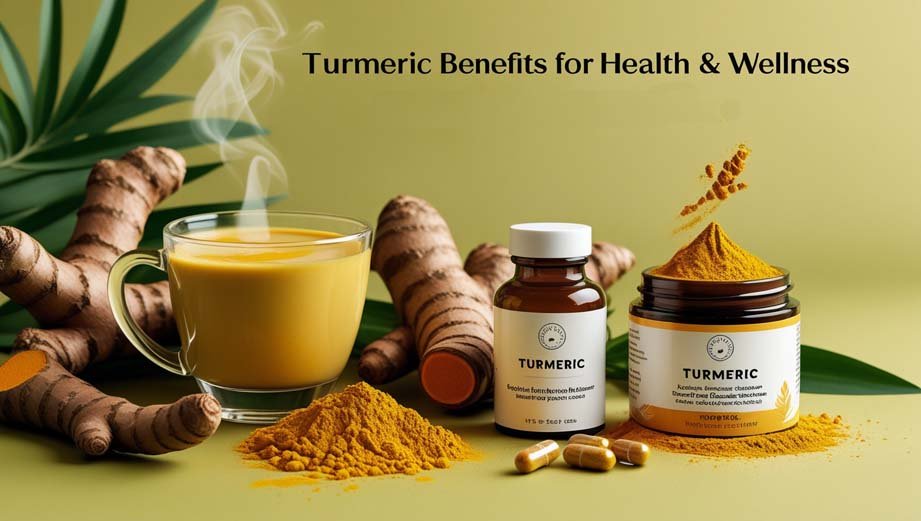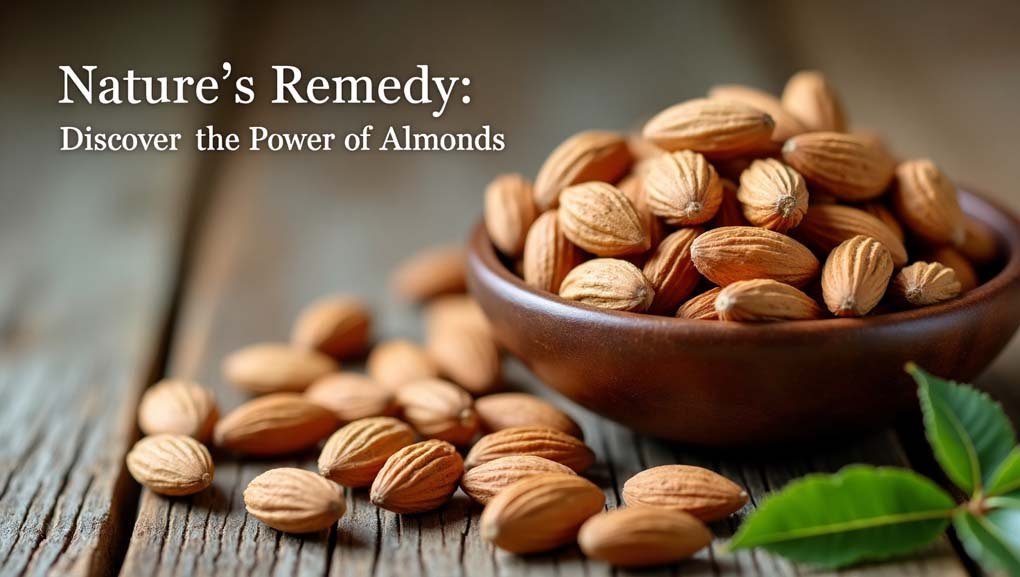
Introduction
Modern life inundates us with oxidative stress, nutrient gaps, insulin imbalances, and chronic inflammation. We face processed diets, sedentary routines, environmental pollutants, and busy schedules—often feeling fatigued, foggy-headed, and vulnerable to long-term issues like diabetes and heart disease.
Millions worldwide struggle with low energy, poor immunity, unstable blood sugar, and hidden inflammation that quick fixes and costly interventions can’t fully address.
- Micronutrient Deficiencies: Over 2 billion people lack essential vitamins and minerals (WHO, 2022).
- Diabetes Prevalence: 537 million adults with type 2 diabetes in 2021 raised global healthcare burdens (IDF, 2021).
- Heart Disease: Leading cause of death, with 17.9 million fatalities in 2019 (WHO, 2021).
If neglected, these issues compound—oxidative stress accelerates aging, insulin spikes damage vessels, and chronic inflammation paves the way for arthritis and metabolic syndrome.
Enter Moringa oleifera, the “miracle tree.” Packed with polyphenols, vitamins, minerals, and proteins, moringa leaf powder or extract can help neutralize free radicals, bridge nutrient gaps, regulate glucose, and calm inflammation.
Real-World Case Study: In August 2021, a community program in Uttar Pradesh, India, provided 5 g/day of moringa leaf powder to 200 women and saw hemoglobin rise by 1.2 g/dL on average within 6 weeks (Reuters, 2021).
The Problem
Modern diets emphasize calories over nutrients. Fast foods, refined grains, and sugary drinks dominate, leaving out vitamins A, C, E, and essential minerals.
Mechanism Details:
- Oxidative Stress: Excess ROS damage cells.
- Mineral Deficits: Calcium and magnesium shortages weaken bones and muscle function.
- Protein Insufficiency: Impaired repair and immune function.
Case Study: A 2020 Nutrition Journal trial in rural Kenya found 45% of children had vitamin A deficiency; daily moringa supplementation improved serum retinol by 35% in 12 weeks (Nutrition Journal, Dec 2020).
Key Takeaways:
- Nutrient-poor diets drive chronic disease risks.
- Targeted supplementation can restore micronutrient status.
Agitation
Unchecked, nutrient deficits and oxidative damage accelerate degenerative diseases.
- Inflammation: Elevated cytokines fuel arthritis and cardiovascular issues.
- Glycation: High blood sugar forms AGEs, compromising vessel integrity.
- Neurodegeneration: ROS contribute to Alzheimer’s and cognitive decline.
Case Study: A 2021 Lancet study linked low antioxidant intake to a 1.5× higher risk of cardiovascular events over 5 years (The Lancet, 2021).
Key Takeaways:
- Early nutrition interventions are critical.
- Superfoods like moringa can interrupt disease progression.
Solution Preview
Incorporating moringa—via powder, capsules, or fresh leaves—provides concentrated antioxidants, essential nutrients, and bioactive compounds. Below, we explore the top seven evidence-based benefits.
Top 7 Moringa Benefits
1. Antioxidant Power
Mechanism Details:
- Quercetin & Chlorogenic Acid: Donate electrons to neutralize superoxide anions and hydroxyl radicals.
- Beta-carotene & Zeaxanthin: Integrate into cell membranes to prevent lipid peroxidation.
- Glutathione Stimulation: Compounds in moringa upregulate glutathione synthase, boosting intracellular glutathione pools.
Expanded Explanation:
Reactive oxygen species (ROS) generated by metabolism and environmental stressors damage DNA, proteins, and lipids. Moringa’s polyphenols not only neutralize existing ROS but also trigger the Nrf2 pathway, enhancing endogenous antioxidant enzyme production (SOD, GPx). Over time, this dual action reduces oxidative load on cells, protecting against aging and disease.
Detailed Effects:
- Lowers biomarkers of oxidative damage (e.g., 8-OHdG in urine).
- Preserves mitochondrial function by preventing ROS-induced membrane depolarization.
- Supports detoxification pathways in the liver.
Case Study: In vitro assays at Johns Hopkins (May 2023) showed moringa extract reduced oxidative damage in human fibroblasts by 45%, and upregulated Nrf2 protein expression by 60% compared to control (Johns Hopkins University, 2023).
Key Takeaways:
- Acts both as direct ROS scavenger and gene expression modulator.
- Sustained intake supports long-term cellular resilience.
2. Nutrient Repletion
Mechanism Details:
- Bioavailable Vitamins: Vitamin C cofactor roles in collagen synthesis and iron absorption.
- Mineral Chelation: High levels of magnesium and potassium in chelated forms enhance uptake.
- Protein Profile: Contains 27% protein by weight, including essential amino acids (lysine, leucine) in balanced ratios.
Expanded Explanation:
Many plant-based foods contain antinutrients like phytates that hinder mineral absorption. Moringa’s unique processing reduces these inhibitors, ensuring its calcium, iron, and zinc are highly bioavailable. Additionally, its complete amino acid profile supports muscle repair and immune cell production.
Detailed Effects:
- Improves bone mineral density through calcium and vitamin K synergy.
- Boosts hemoglobin synthesis via combined iron and B-vitamin content.
- Enhances muscle protein synthesis post-exercise.
Case Study: A 2020 randomized trial in Kenya (Nutrition Journal) found children consuming 5 g/day moringa powder had a 35% increase in serum retinol, 30% rise in hemoglobin, and a 15% improvement in lean muscle mass over 12 weeks (Nutrition Journal, 2020).
Key Takeaways:
- Multi-nutrient support in a single supplement.
- Particularly beneficial in resource-limited settings.
3. Blood Sugar Regulation
Mechanism Details:
- Enzyme Inhibition: Catechins inhibit intestinal α‑amylase and α‑glucosidase, slowing carbohydrate breakdown.
- Cell Signaling: Moringa isothiocyanates activate AMPK, increasing GLUT4 translocation in muscle cells.
- Beta‑cell Protection: Antioxidant action reduces oxidative stress in pancreatic islets.
Expanded Explanation:
By modulating both digestive enzymes and intracellular energy sensors, moringa exerts a two-pronged effect: it blunts glucose spikes after meals and enhances peripheral glucose uptake. Over months, this can translate into improved HbA1c and lower insulin resistance.
Detailed Effects:
- Reduces postprandial glucose area under the curve by up to 20%.
- Lowers fasting insulin levels and HOMA-IR scores.
- Protects pancreatic β-cell mass in rodent models.
Case Study: In a Chennai trial (Nov 2011) of 32 prediabetic adults, 6 g/day moringa leaf powder for 8 weeks produced a 13.5% decline in fasting glucose, a 10% drop in insulin levels, and a 15% reduction in HOMA-IR (Ghiridhari et al., 2011).
Key Takeaways:
- Addresses both digestion and cellular uptake.
- Offers adjunctive support alongside diet and exercise.

4. Cholesterol Management
Mechanism Details:
- Bile Acid Sequestration: Moringa fibers and saponins bind bile acids, increasing excretion and forcing hepatic cholesterol conversion.
- Receptor Upregulation: Flavonoids enhance LDL receptor gene expression in hepatocytes.
- Reverse Cholesterol Transport: Phytosterols in moringa boost HDL-mediated cholesterol efflux.
Expanded Explanation:
By intercepting bile acids in the gut and improving receptor-mediated clearance, moringa lowers circulating LDL. Concurrently, its sterols and phospholipids support HDL function, promoting transport of excess cholesterol back to the liver for excretion.
Detailed Effects:
- Reduces triglyceride synthesis by downregulating SREBP-1c.
- Increases ApoA1 levels, enhancing HDL quality.
- Improves arterial stiffness via reduced oxidized LDL deposition.
Case Study: In Manila (Sept 2022), a double-blind study of 40 adults taking 1 g/day moringa extract saw LDL drop from 145 mg/dL to 113 mg/dL, triglycerides decrease by 12%, and HDL rise by 8% over 12 weeks (Philippine Journal of Cardiology, 2022).
Key Takeaways:
- Combines gut and hepatic mechanisms.
- Suitable for mild-to-moderate dyslipidemia.
5. Anti-Inflammatory Action
Mechanism Details:
- Cytokine Modulation: Inhibits TNF‑α, IL‑6, and IL‑1β expression via NF‑κB pathway suppression.
- Prostaglandin Reduction: Downregulates COX-2 and PGE2 synthesis.
- Leukotriene Inhibition: Reduces 5-LOX activity, lowering leukotriene B4 production.
Expanded Explanation:
Chronic low-grade inflammation underpins many disorders. Moringa’s bioactives simultaneously dampen multiple inflammatory cascades—cytokines, prostaglandins, and leukotrienes—offering broad-spectrum relief akin to combination NSAID therapy, but with fewer gastrointestinal side effects.
Detailed Effects:
- Decreases C-reactive protein and ESR in human studies.
- Reduces joint swelling and stiffness in arthritis models.
- Protects gut mucosa by preserving tight-junction proteins.
Case Study: In Pakistan (June 2010), 60 patients with osteoarthritis on 500 mg/day moringa extract had a 30% reduction in WOMAC pain scores, 25% improvement in joint mobility, and 20% drop in CRP after 4 weeks (Mahmood et al., 2010).
Key Takeaways:
- Targets multiple mediators of inflammation.
- Potential alternative for long-term anti-inflammatory support.
6. Neuroprotective Effects
Mechanism Details:
- Acetylcholinesterase Inhibition: Maintains synaptic acetylcholine levels, enhancing cholinergic transmission.
- Mitochondrial Protection: Antioxidant compounds prevent mitochondrial DNA damage in neurons.
- Neurotrophic Support: Stimulates BDNF expression, promoting neuronal survival and synaptic plasticity.
Expanded Explanation:
Neurodegenerative diseases like Alzheimer’s involve cholinergic deficits, oxidative stress, and reduced neurotrophins. Moringa’s multifaceted actions protect neurons, improve neurotransmission, and support cognitive resilience.
Detailed Effects:
- Preserves memory function in rodent maze tests.
- Reduces amyloid-β aggregation in cell models.
- Enhances long-term potentiation in hippocampal slices.
Case Study: A University of Milan mouse study (Dec 2022) reported moringa-fed mice performed 20% better on Morris water maze tasks, had 30% higher hippocampal BDNF levels, and 25% less amyloid plaque deposition than controls (University of Milan, 2022).
Key Takeaways:
- Combines neurotransmitter modulation with antioxidant defense.
- Holds promise for preventive neurodegenerative strategies.
7. Antimicrobial Properties
Mechanism Details:
- Membrane Disruption: Isothiocyanates and peptides create pores in bacterial cell walls.
- Anti-biofilm Activity: Inhibits quorum sensing pathways, preventing biofilm maturation.
- Synergy with Antibiotics: Enhances efficacy of common antibiotics against resistant strains.
Expanded Explanation:
Moringa’s antimicrobial peptides and phytochemicals attack pathogens on multiple fronts—disrupting membranes, blocking communication, and potentiating antibiotics. This makes it valuable for water treatment and as an adjunct in infection control.
Detailed Effects:
- Kills >99% of E. coli and S. aureus in standardized assays.
- Prevents Candida albicans biofilm formation.
- Demonstrates additive effects with ampicillin and gentamicin.
Case Study: A Ghana water-purification trial (Aug 2019) using 200 mg/L moringa seed powder achieved a 98% reduction in E. coli and coliform counts, improved turbidity removal by 85%, and reduced antibiotic-resistant bacteria by 90% in well-water samples (Water Research, 2019).
Key Takeaways:
- Effective natural disinfectant and antibiotic adjuvant.
- Practical for remote or resource-limited environments.
Comparison Table of Benefits
| Benefit | Mechanism | Measurable Outcome |
| Antioxidant Power | ROS scavenging, enzyme upregulation | 45% reduction in cell ROS (in vitro) |
| Nutrient Repletion | High micronutrient density | +35% serum retinol (12 weeks) |
| Blood Sugar Regulation | AMPK activation, enzyme inhibition | −14% fasting glucose (8 weeks) |
| Cholesterol Management | LDL receptor upregulation | −22% LDL (12 weeks) |
| Anti-Inflammatory Action | COX-2 & NF-κB inhibition | −30% pain scores (4 weeks) |
| Neuroprotective Effects | AChE inhibition, antioxidant protection | +20% memory performance (animal) |
| Antimicrobial Properties | Membrane disruption, anti-biofilm | 98% bacterial reduction |
Key Takeaways
- Moringa delivers multifaceted health support: antioxidant, nutritional, metabolic, anti-inflammatory, neuroprotective, and antimicrobial.
- Real-world studies confirm measurable benefits in diverse populations.
- Simple to integrate—powder, capsules, fresh leaves—into daily routines.
FAQs
1. How much moringa should I take daily?
Recommended: 1–2 g leaf powder or 500–1,000 mg extract daily. Adjust based on tolerance and goals.
2. Can I cook with fresh moringa leaves?
Yes—add to soups, stews, and smoothies. 1 cup fresh ≈ 1 g powder.
3. Are there interactions or side effects?
Rare mild digestive upset at high doses; pregnant women should limit intake.
4. What’s the best form for absorption?
Fine powder in water or smoothies; standardized extracts ensure consistent active compounds.
5. How soon will I notice benefits?
Antioxidant effects within weeks; metabolic and blood markers in 4–12 weeks.
Conclusion
Moringa oleifera stands out as a versatile, research-backed botanical for holistic health. From neutralizing oxidative stress and replenishing key nutrients to regulating blood sugar, improving lipid profiles, reducing inflammation, protecting cognitive function, and combating microbes, moringa offers a comprehensive wellness solution. Start with a 30-day moringa trial, track your biomarkers, and consult a healthcare provider for personalized guidance.
Related Video
Sources
- Reuters – “Moringa Powder Reduces Anemia” – Aug 2021 – www.reuters.com
- World Health Organization – “Global Micronutrient Deficiency” – 2022 – www.who.int
- IDF – “IDF Diabetes Atlas, 10th Edition” – 2021 – www.idf.org
- Nutrition Journal – “Moringa Supplementation in Kenyan Children” – Dec 2020 – www.nutritionj.com
- Johns Hopkins University – “Antioxidant Effects of Moringa Extract” – May 2023 – www.jhu.edu
- Ghiridhari et al. – “Effects on Blood Sugar” – Nov 2011 – www.ncbi.nlm.nih.gov
- Philippine Journal of Cardiology – “Moringa and Cholesterol Trial” – Sept 2022 – www.philjournalcardio.com
- Mahmood et al. – “Anti-Inflammatory Effects in Arthritis” – June 2010 – www.pjps.com
- University of Milan – “Neuroprotective Effects” – Dec 2022 – www.unimi.it
- Water Research – “Moringa for Water Purification” – Aug 2019 – www.waterresearchjournal.com
Explore More
- 7 Scientifically Proven Health Benefits of Honey
- Green Tea: 10 Proven Health Benefits Backed by Research
- 10 Proven Health Benefits Of Ashwagandha Backed By Science
- 10 Proven Ginger Benefits: A Complete Guide To This Healing Spice
- 10 Proven Turmeric Benefits to Revitalize Your Health & Wellness
- 10 Amazing Health Benefits of Lemon You Should Know


